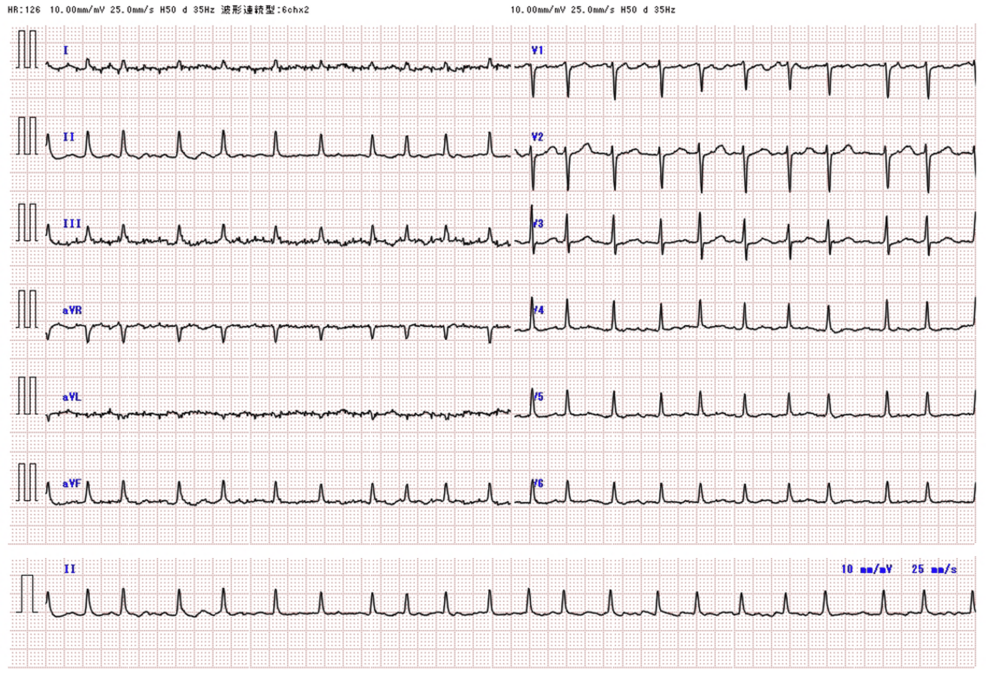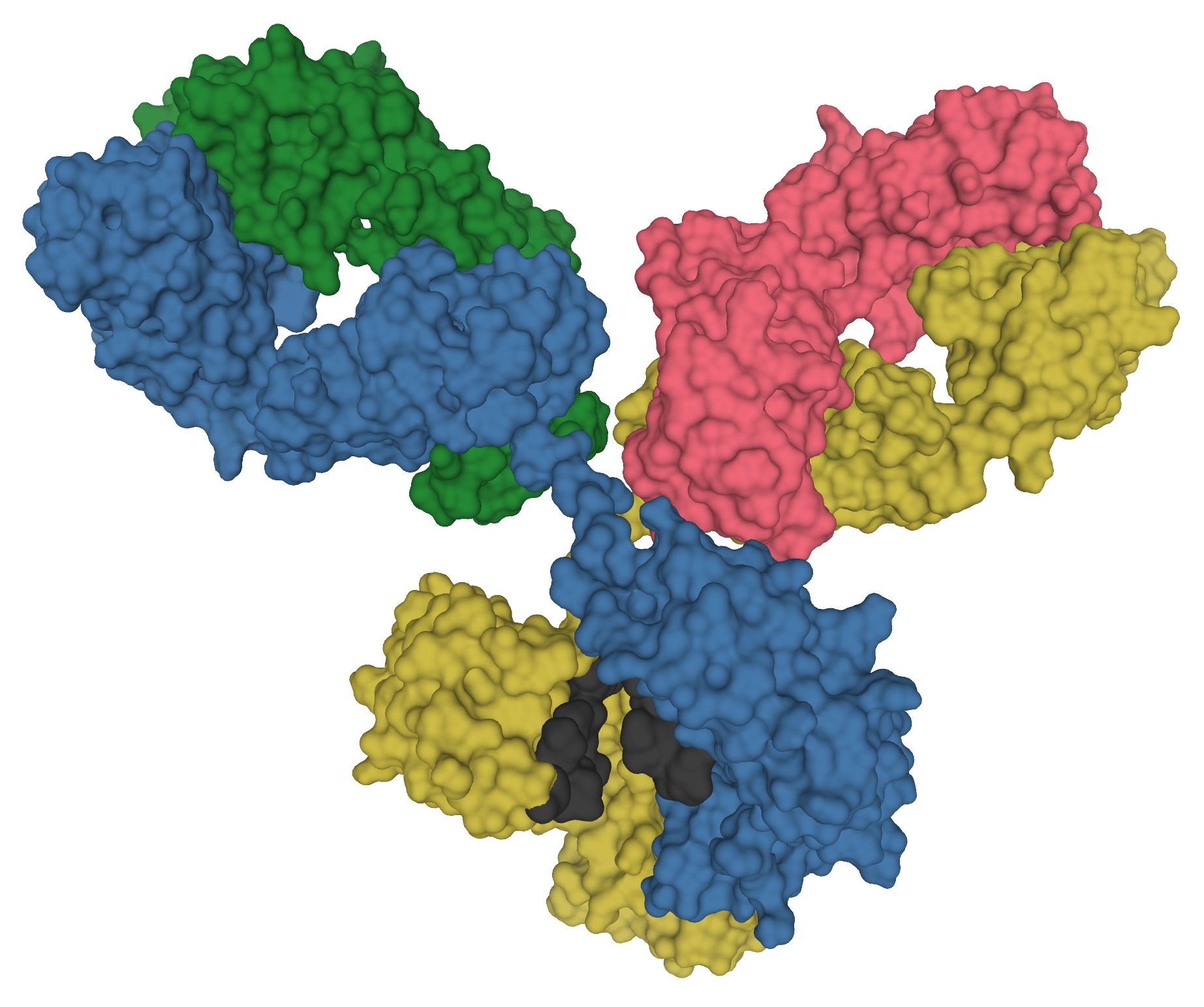“People may not be as surprised that an exercise program helped heart patients, but it is intriguing that this study also showed that cognitive behavioural therapy improved heart function and patients’ fitness,” Sonya Babu-Narayan, MD,…
Retuers Bangladesh’s dengue outbreak is worsening rapidly with infections and deaths climbing sharply across the country, health experts have said, warning the disease could spiral if urgent…







